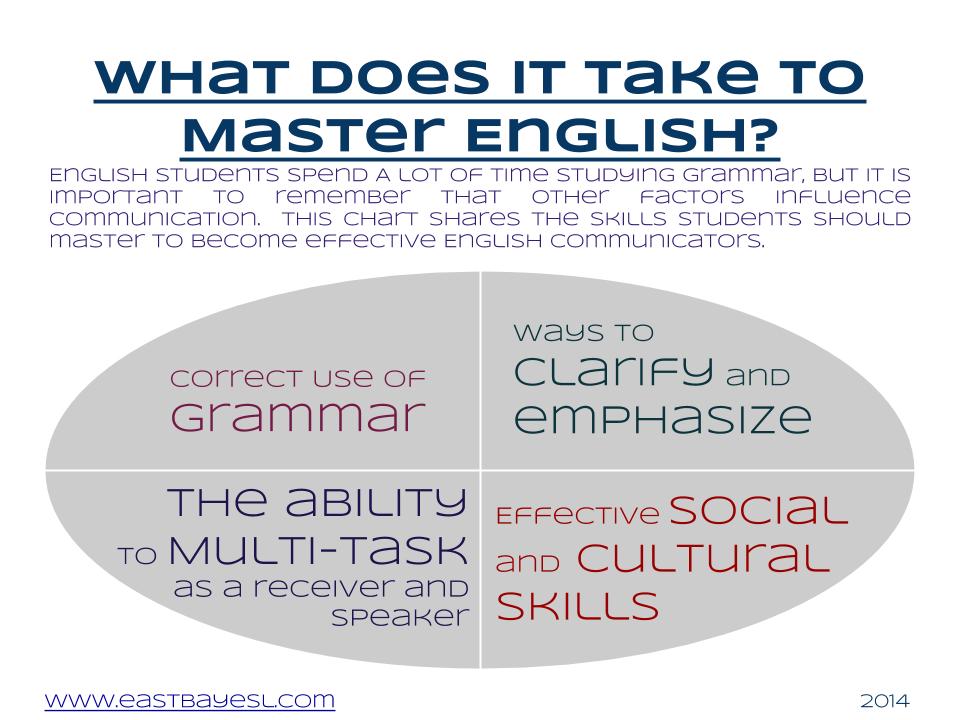|
So, a few weeks ago we published a chart which describes the four main skills that language students need to develop in order to master a language. Hopefully, this graphic reminds you that grammar is only part of the equation and that it is important not to overlook other elements of communication.
In this post, I want to focus on one of those other elements. Namely, let’s talk about social and cultural skills. What are “social and cultural skills”? To help explain, I would like to offer a few examples.
Hopefully, this helps you understand social and cultural skills. Are there any other examples you can think of? Share them in the comment section.
0 Comments
Did you come up with some responses to yesterday’'s scenarios? My suggested answers are in italics.
Keeping in mind what you have learned about polite structures and social/cultural language skills, create a response for the following situations in a restaurant. Write down what you would say and your reason for responding that way.
Description explains how someone or something looks or feels. Here are some examples. The descriptive words are bolded.
No description: John is sitting on a bench. Description: John is sitting on the new metal bench. No description: A bird flew above us. Description: A huge, sleek, black bird flew above us. By using description, you have more control over how people understand you. Descriptive words for people, places, things, or ideas are called adjectives. |
AuthorEast Bay ESL is an English language school for learners in the San Francisco East Bay. Archives
October 2015
Categories
All
|

 RSS Feed
RSS Feed